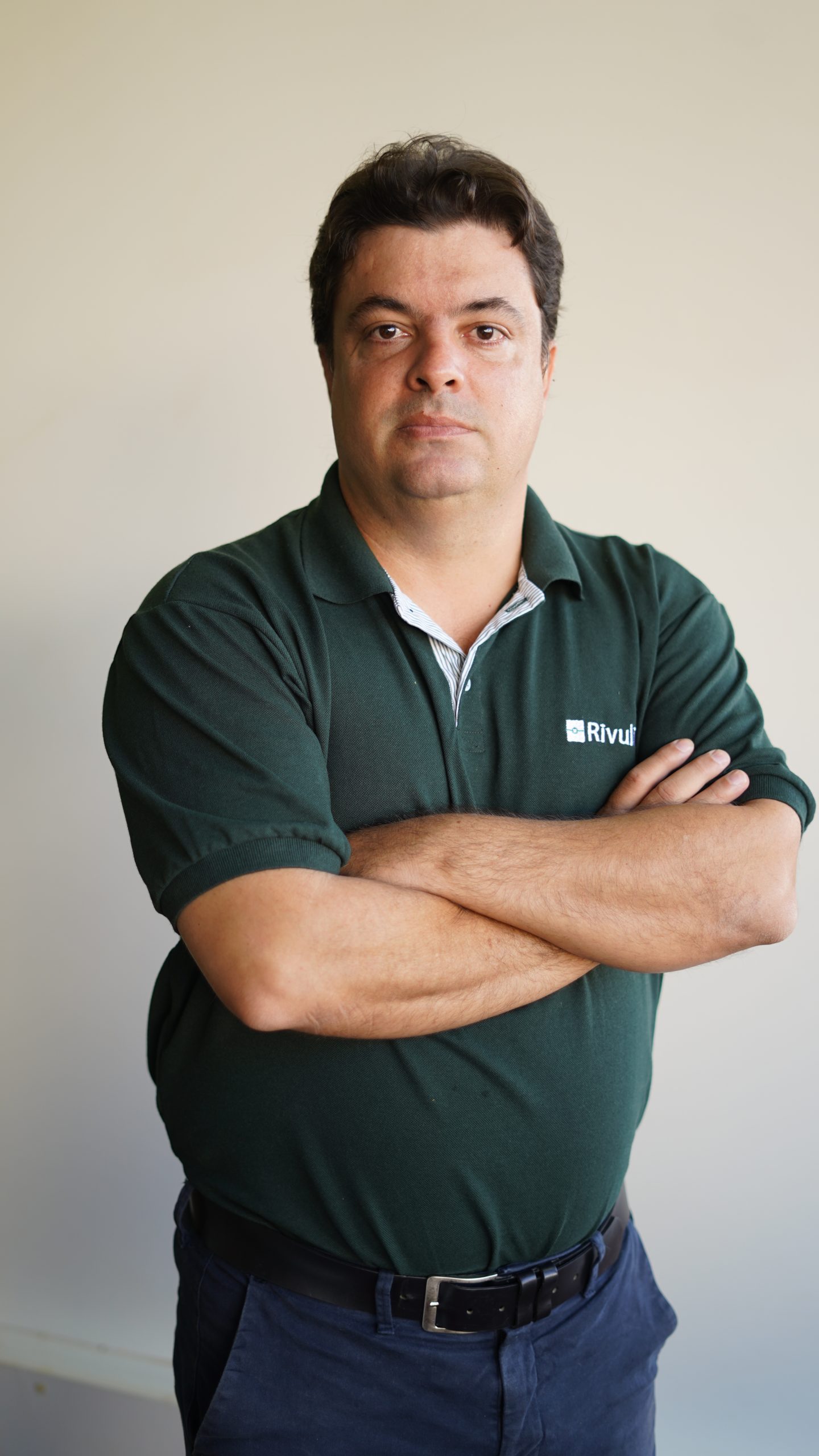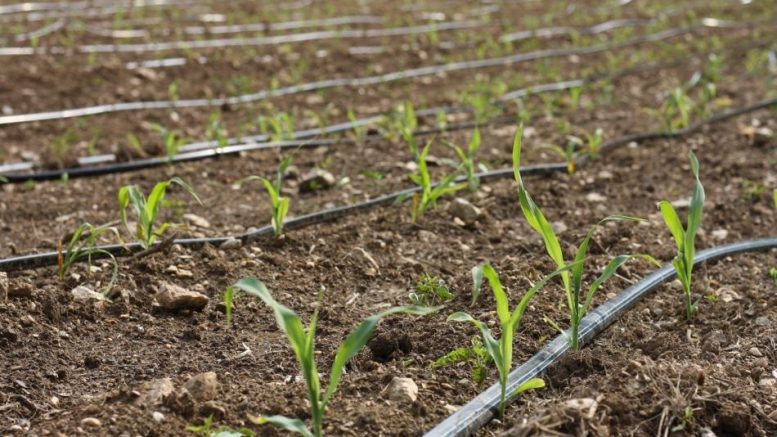“On average, the cost per hectare can range from US$ 4,572 to US$ 5,487…”
Leandro Lance is the commercial director at Rivulis and advisor to the Sugarcane Irrigation and Fertirrigation Group – GIFC.
Lance has a degree in agronomic engineering, a M.Sc. in agriculture and environment from the Federal University of São Carlos.

Leandro Lance, commercial director at Rivulis
AgriBrasilis – Is it worth it to irrigate sugarcane?
Leandro Lance – Irrigation aims not only to supplement rainwater, but also to facilitate planting and cultivation in areas or seasons where traditionally there is no rainfall in the desired amount.
With drip irrigation, it is possible to harvest up to 12 crops without the need to replant the sugarcane field, optimizing the use of 100% of the area and avoiding the opening of new areas for planting.
Another important tool used in irrigation is fertirrigation, which consists of adding nutrients in the irrigation water, supplying them in installments and according to the plant’s needs, without the need for machines and implements to distribute them. In the field, it is observed that losses due to volatilization or leaching of fertilizers are greatly reduced when fertirrigation is correctly applied.
Comparing the cost-benefit of investing in drip irrigation technology, the increase in yield, sugarcane longevity and added value of the property, it is clear that adopting the technology is an effective choice.
“With drip irrigation, it is possible to harvest up to 12 crops without the need to replant the sugarcane field, optimizing the use of 100% of the area and avoiding the opening of new areas for planting”
AgriBrasilis – What is the investment for drip irrigation in sugarcane fields and how long does it take for amortisation?
Leandro Lance – The investment can vary significantly, depending on factors such as the area to be irrigated, the type of chosen equipment, the topography of the area and the existing infrastructure. On average, the cost per hectare can range from US$ 4,572 to US$ 5,487.
The amortization of the investment usually is in 3 to 5 years, depending on the yield improvement and the savings in water and inputs provided by the system. Regions with greater challenges in regard to water availability or with high climate variability can obtain faster returns due to the increase in yield in the first harvest seasons.
AgriBrasilis – Is irrigation adoption growing?
Leandro Lance – This is a technology with high potential and is expanding rapidly, especially in warmer regions with sandier soils. These are areas with characteristics that make them more water-deficient. These are regions such as Northwest of the State of São Paulo, the States of Mato Grosso do Sul, Minas Gerais, Goiás, the Northeast in general and also Pontal Vale do Paranapanema in the State of São Paulo.
AgriBrasilis – How to choose the ideal irrigation system for sugarcane farms?
Leandro Lance – To choose the ideal irrigation system for sugarcane farms, it is important to consider factors such as soil type, water availability, terrain topography, energy efficiency and the specific needs of the crop in the region.
The mill should consult an irrigation specialist, who can help make the most appropriate decision to maximize sugarcane yield together with the agricultural operation.
AgriBrasilis – How is the Rivulis financing program for the acquisition of irrigation systems?
Leandro Lance – To facilitate the acquisition of the irrigation system, Rivulis offers its own financing. We would say that it is practically a system rental, where the farmer pays with sugar. The price is already fixed and can be amortise in up to five years. Another important topic is the after-sales service.
A Rivulis technician is present full-time on the project to train users, monitor the irrigation program and support maintenance for twelve months.
AgriBrasilis – Could you mention success stories of the use of irrigation in sugarcane?
Leandro Lance – The most emblematic success story of mills that implemented drip irrigation in their areas is the “Da Mata Açúcar e Álcool” industry, in Valparaíso, State of São Paulo, which adopted drip irrigation technology seven harvest seasons ago, with very positive results in 1,250 hectares of sugarcane. The initiative was so successful that a new project should be completed soon, expanding the drip irrigation area to 1,600 hectares, with plans to reach 4,000 hectares. The other great example comes from a supplier that irrigates 150 hectares (100% of its area) and has also achieved excellent results.
READ MORE:

